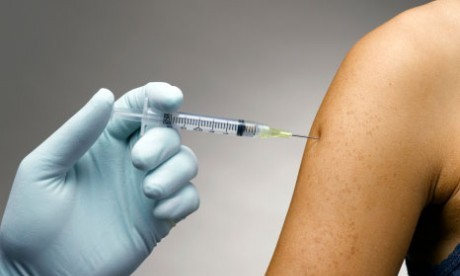The human papillomavirus (HPV) vaccine has attracted attention in the past week for two contradictory reasons: the Japanese government has withdrawn its recommendation for the shot, while public health officials in the United States have attributed a massive drop in the prevalence of the virus among teenage girls to its use.
The Japanese government’s decision is the result of 1,968 reported cases of possible side effects, 43 of which have been examined by a health ministry task force. Since 2010, 3.28 million Japanese women have received the human papillomavirus vaccination.
In the United States, on the other hand, there’s good news with virus thought to be half as common as it used to be, despite only about a third of young women receiving the full vaccine course of three shots.
So, what are we to make of the vaccine? Here are answers to four common questions about it, based on a research paper I recently published with two co-authors.
Does the vaccine prevent infection with the virus?
Both the human papillomavirus vaccines (Gardasil and Cervarix) have been shown to reduce the virus infection rate by over 90%. This reduction is maintained for at least five years.
The catch (and there’s always a catch) is that for the vaccine to be this effective, it has to be given to people who have not been exposed to the virus.
This is why the vaccine is given to 12 to 13-year-olds in Australia and 14 to 19-year-olds in the United States.
Will the vaccine cause a rise in other HPV types?
The human papillomavirus vaccines available in Australia target two (types 16 and 18) of the 15 high-risk virus strains associated with cancer.
Questions have been asked about whether one or more of the remaining 13 cancer-causing virus types will become more common to “fill the gap” left by their reduction. Continue reading
Sources
- The Conversation
- Image: Women’s Health
